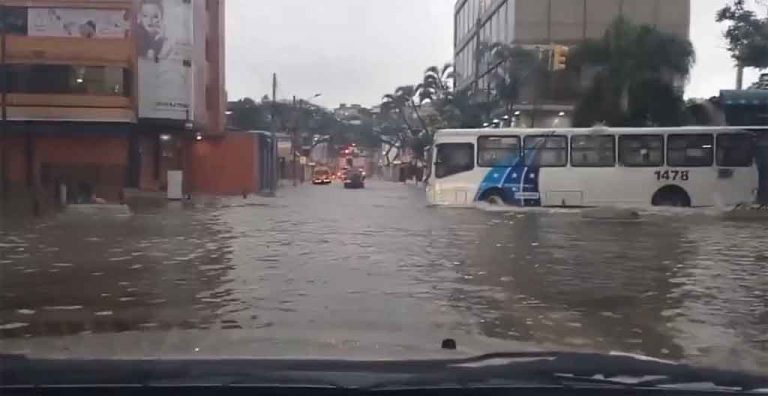It is the case of the city of Guayaquil, in the province of Guayas, where 131 millimeters of water have fallen and so far 41 sectors have been affected by water accumulation and falling trees.
Meanwhile, in the province of Manabí, local media reported that rainfalls have caused structural damages and the collapse of 11 electricity poles.
On Thursday, the National Committee for the Regional Study of El Niño Phenomenon (ERFEN) explained that 10,710 Ecuadorians have been affected by the rains associated with this climatic event.
When presenting the first assessment of the effects of El Niño in Ecuador, the ERFEN warned that above-normal rainfall will continue in the coastal region.
The scientific institution’s report included floods, landslides, structural collapses, subsidence and gales, as the most recurrent.
Recently, the director of Oceanography and Meteorology at the Oceanographic and Antarctic Institute of the Navy (INOCAR), Michael Linthon, warned that the effects of the El Niño in Ecuador might last until April.
jg/abo/mem/nta










